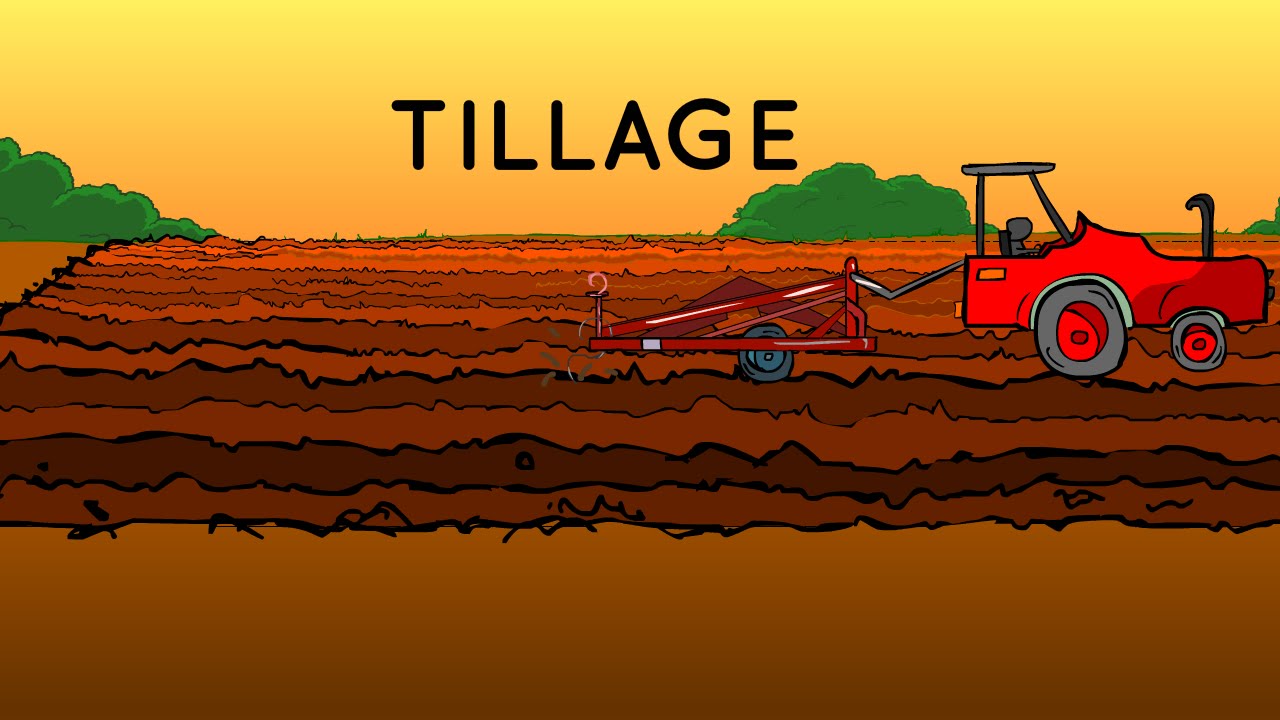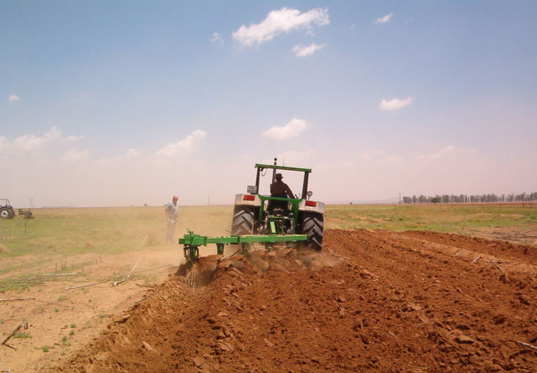Introduction
Tillage is the mechanical manipulation of soil to prepare it for crop cultivation by creating a favorable enabling environment for proper plant growth. It is carried our both by manually and mechanically. This is discussed in An Introduction to Soil Tillage. This article is going to highlight objectives of tillage .
Objectives of Tillage
- To prepare and organize the seedbeds in the field to a satisfactory level that can support not only the optimum germination of the seedlings but also aid in proper establishment of the plant.
- To control weeds in such a way that nutrients are absorb efficiently and effectively by the plants. This is also carried out to support a close plant-soil interaction within the rooting zone for proper nourishment of crop plants.
- To enhance the physical condition of soil.
- To break the hard pans of soil so that soil nutrients are readily available to crop plants.
- To manage the crop plant remains by incorporating them into the soil. The plant residues can also be retained on the top layer. This promises a reduction in soil erosion problem.
- To prepare soil for absorbing the rain water efficiently.
- To integrate and mix the fertilizers applied into the soil so that they are readily available to the crop plants.
- To form specific surface configurations for the purpose of sowing, irrigation, drainage, pesticide and fertilizer application etc.
- To destroy the eggs of crop pests and larvae of insects. This aids in destroying the breeding places of these pests.
- To accelerate the process of drying and warming of soil and exclusion of toxic gases.
- To facilitate and minimize the irrigation water usage in the crop fields.
- To increase the aeration in the soil
Cite this Article in APA Style as:
[box type=”note” ]Rahman, M. A. (2018, February 07). Objectives of Tillage [Blog Post]. Retrieved from http://aridagriculture.com/2018/02/07/objectives-of-tillage/[/box]

